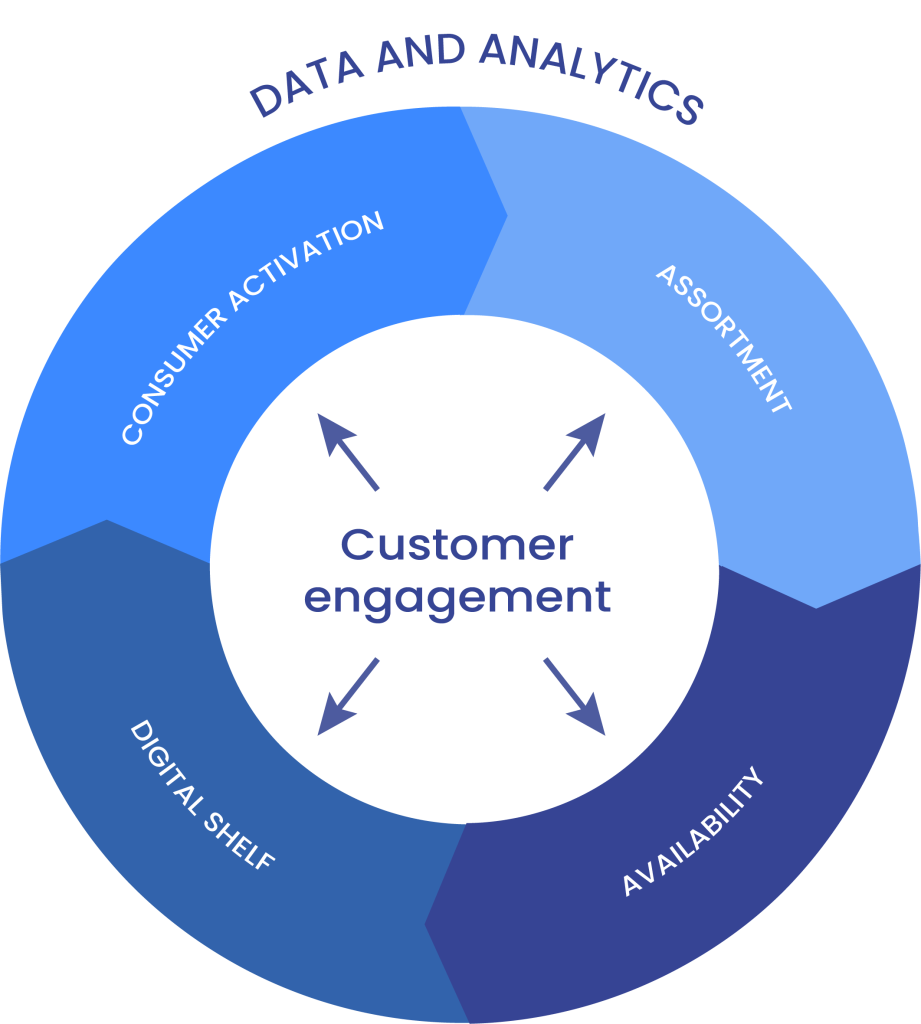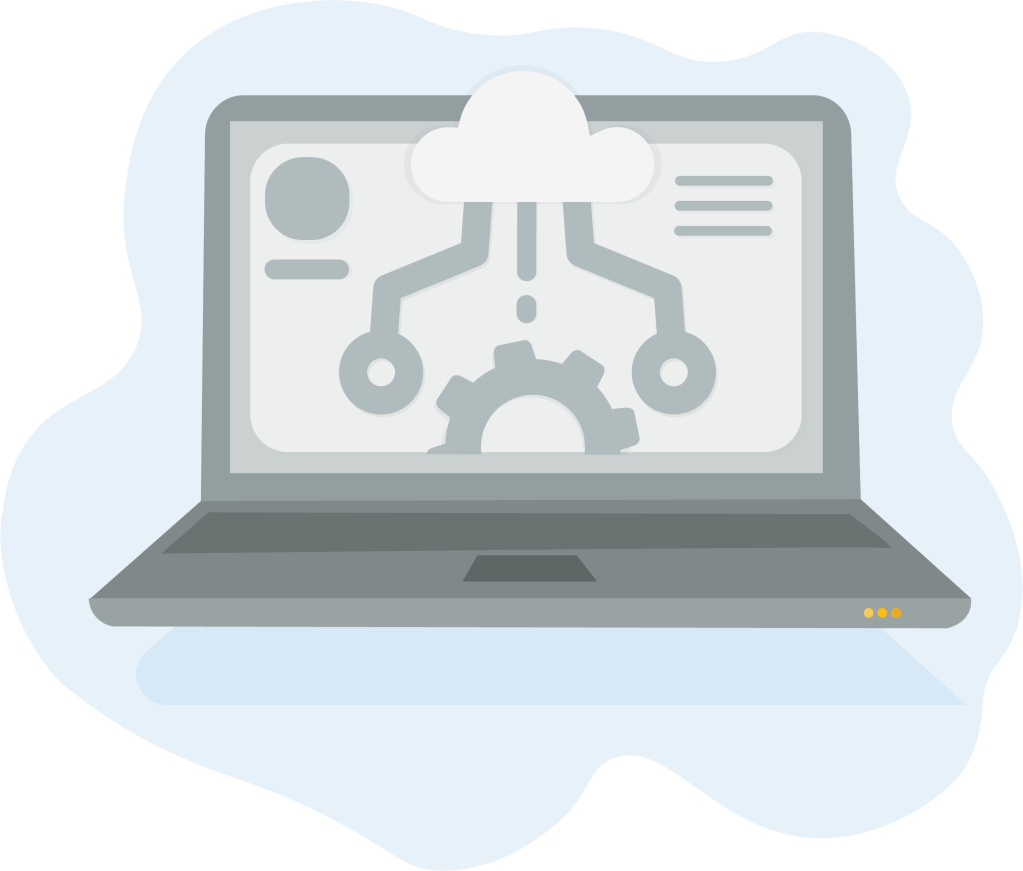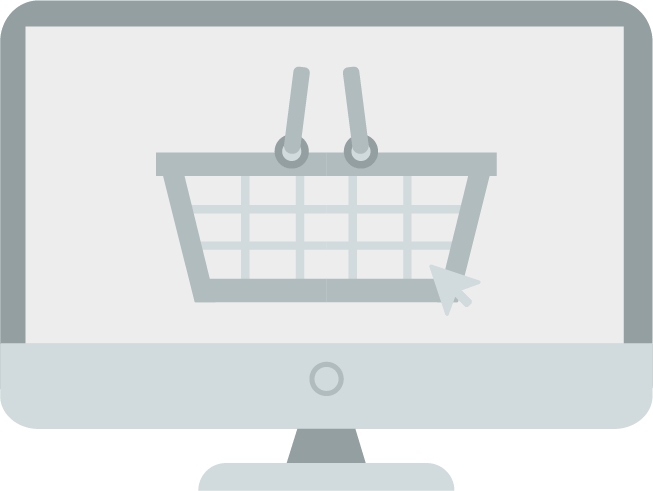Ecommerce and the need for digital shelf analytics
The four components of this flywheel from Boston Consulting Group all feed into and propel one another.
Organization and capabilities

Digitally enabled

Culture of data, analytics, and algorithms fully embedded in day-to-day activities and embraced by company leadership, enabling rapid response to shifts in ecommerce demand, supply, and customer preferences
Connected technology and infrastructure

Data platforms and technology that enable full visibility of the customer’s path to purchase and the performance of each component of the company’s ecommerce capability flywheel
Partnerships and ecosystems

Network of external partners and technology players that bolsters the expertise and capabilities of the company to succeed in the online sales environment
Each element of the flywheel is propelled by data analytics, and ensures consumer engagement.
Ecommerce requires category assortment insight
Monitoring assortment is only useful if you have an overview of an entire category. That alone allows for a complete and reliable analysis. It has the strategic potential of allowing manufacturers to monitor trends and competitor activity, and to identify gaps in stock–and where exactly they’re occurring.
Small brands are making significant gains in the current market and an overview of entire categories is crucial for partnering more effectively with retailers to anticipate consumer desires.
CPG data analytics and availability
As the shopper journey becomes more omnichannel in nature, availability is getting both more difficult to manage and more important. Out of stock levels reached record heights during the pandemic, and continue to be a challenge.
Naturally, availability impacts visibility and ranking in search, even after products are listed again online. Exhaustive, store-based data analytics are essential to pinpoint precisely where, and how often products are OOS.
The digital shelf
As the basis of ecommerce, a well-managed digital shelf is essential to sell online. Simply monitoring the online presence of a product isn’t sufficient however. An optimized digital shelf ensures better visibility by using images, product titles and descriptions, ratings and reviews and content in a way that corresponds to individual retailer’s algorithms. Going forward, the digital shelf is only going to increase in importance.

“43 % of consumers said they plan to buy at least some of their groceries online post pandemic. Across categories, we’re seeing a 20 to 40 percent increase in net intent to shop online post-COVID-19.”
McKinsey
Consumer activations in emedia
Online media is increasingly powerful and retailers are offering a plethora of new media solutions including self service on some platforms such as Amazon. With the influx of new shoppers online, brands need to attract them and retailers are becoming media platforms. However, with all the emerging ways to buy emedia it’s crucial to monitor this space correctly to ensure media ROI.
